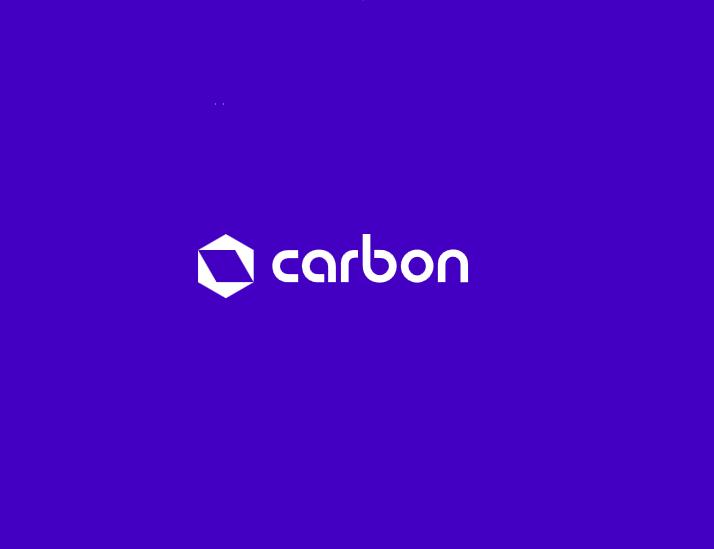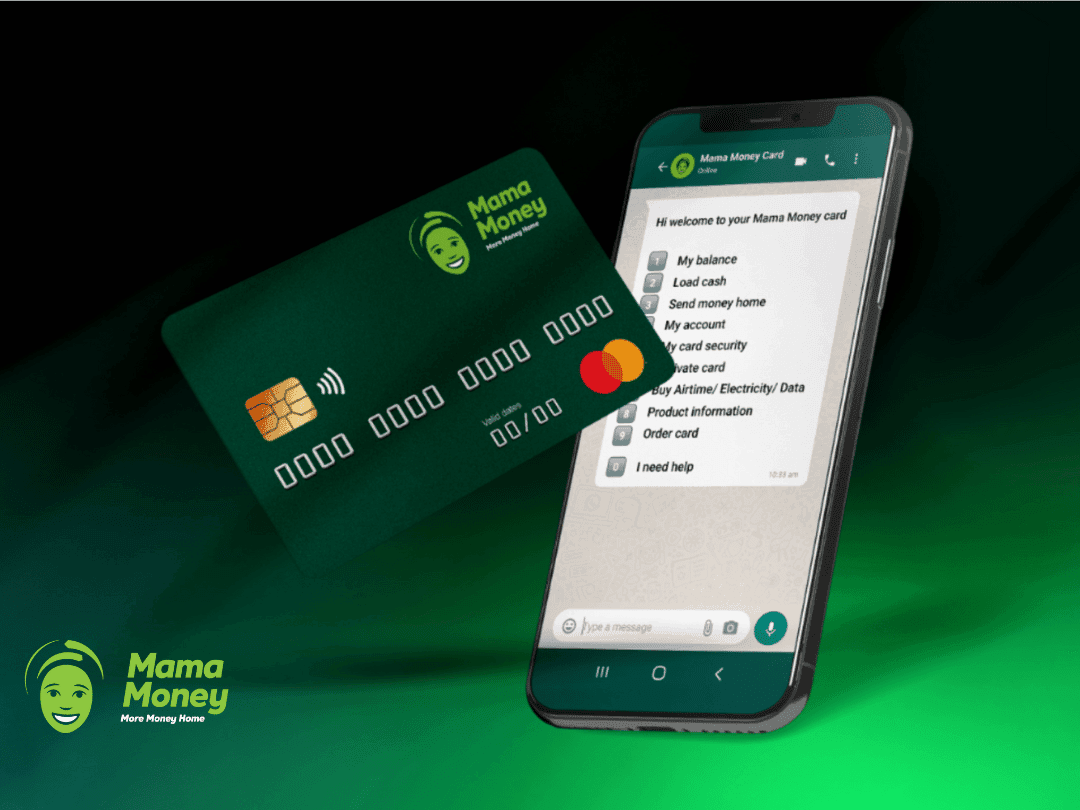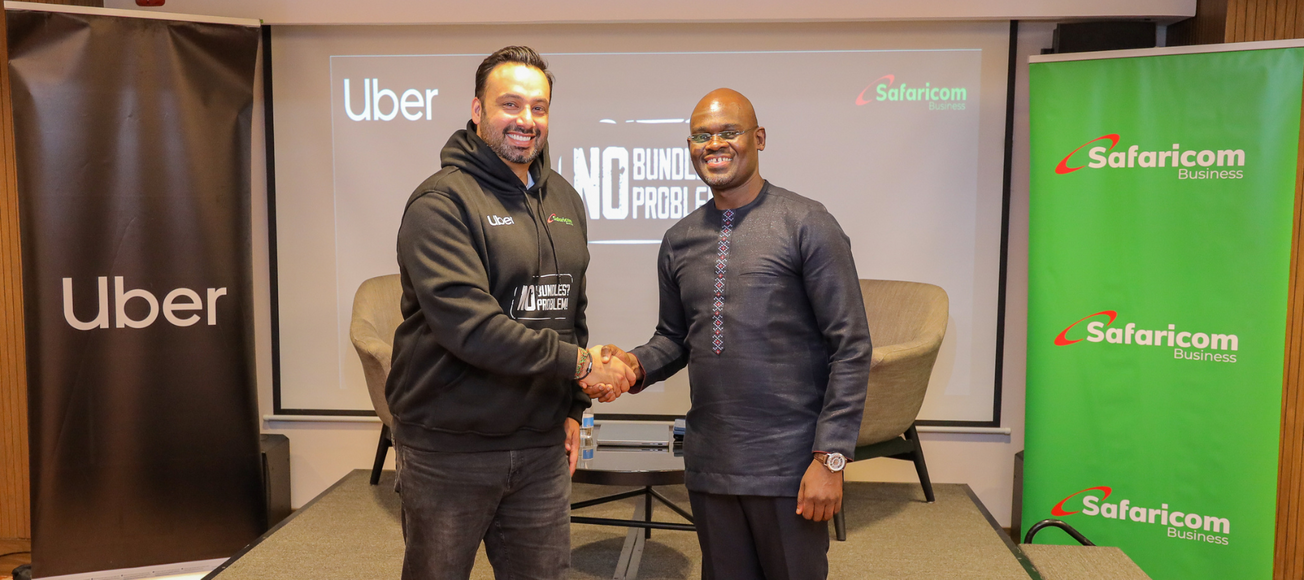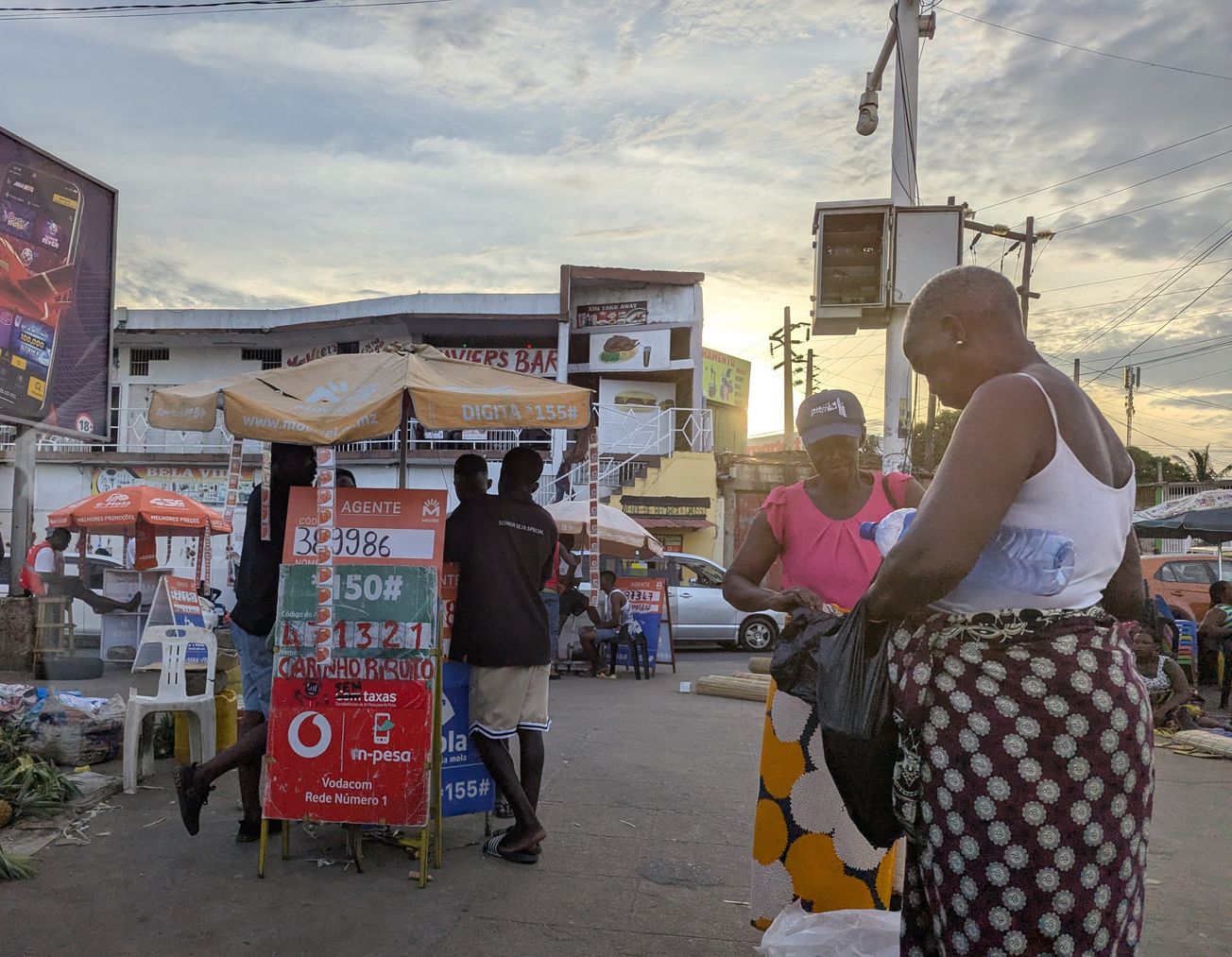An energy startup named Emrod says it’s bringing wireless electricity to New Zealand, more than a century after Nikola Tesla first demonstrated it was possible. Like the best-performing satellite internet connections, Emrod’s link only needs a clear line of sight.
In a statement, Emrod founder Greg Kushnir says he was motivated by New Zealand’s particular set of skills, à la Liam Neeson in Taken.

“We have an abundance of clean hydro, solar, and wind energy available around the world but there are costly challenges that come with delivering that energy using traditional methods, for example, offshore wind farms or the Cook Strait here in New Zealand requiring underwater cables which are expensive to install and maintain.”
By eliminating the need for long stretches of traditional copper wiring, Emrod says it can bring power to more difficult terrain and places that just can’t afford a certain level of physical infrastructure. There could be environmental ramifications as well, since many places that are off the grid end up using diesel generators, for example.
The Best Generators To Keep Your Home Running
Right now, Emrod is testing over a “tiny” long distance—sending “a few watts” back and forth about 130 feet, Kushnir tells New Atlas. Line of sight is important because the technology relies on a clear, contained beam from one point to the next.
“Energy is transmitted through electromagnetic waves over long distances using Emrod's proprietary beam shaping, metamaterials and rectenna technology,” Emrod explains.
The “rectenna” turns magnetic waves into electricity. A square element mounted on a pole acts as the pass-through point that keeps electricity beaming along, and a broader surface area catches the entire wave, so to speak. The beam is surrounded by a low-power laser fence so it won’t zap passing birds or passenger vehicles. If there’s ever an outage, Emrod says it can drive out a truck-mounted rectenna to make up for any missing relay legs.
Hopefully, the test proves successful, and the wireless electricity technology gets adopted in Africa, for Africa.









